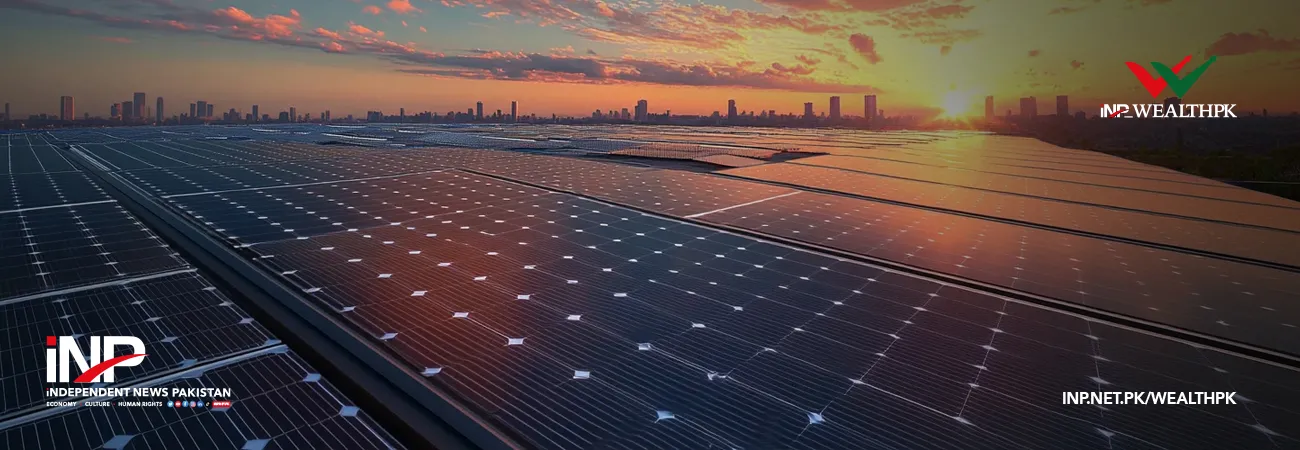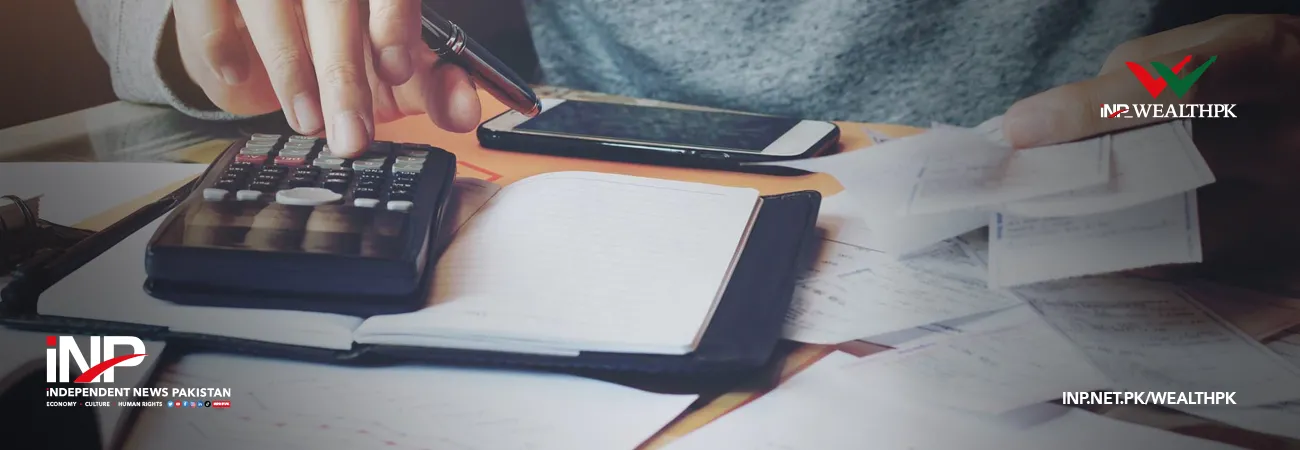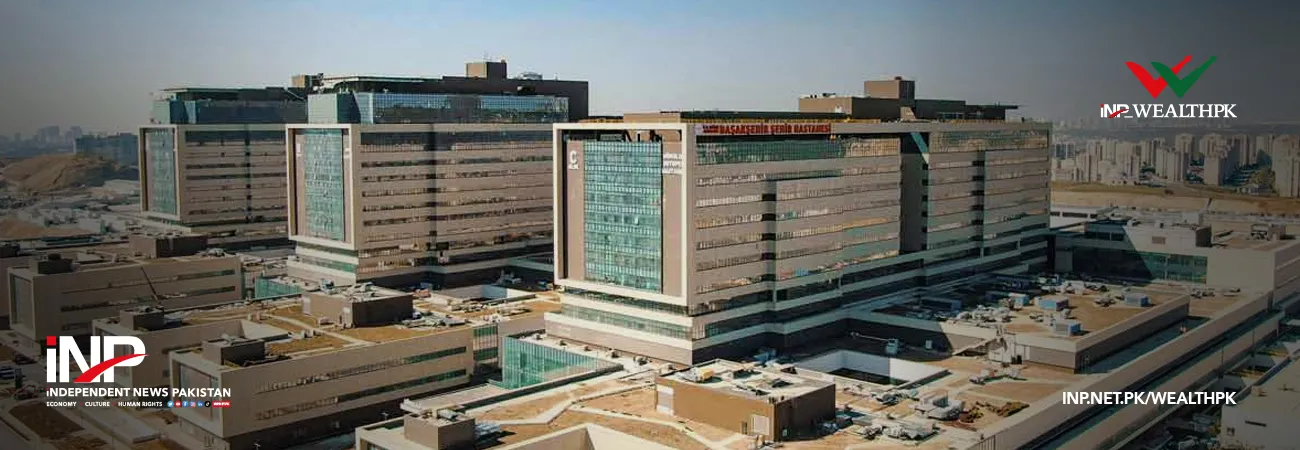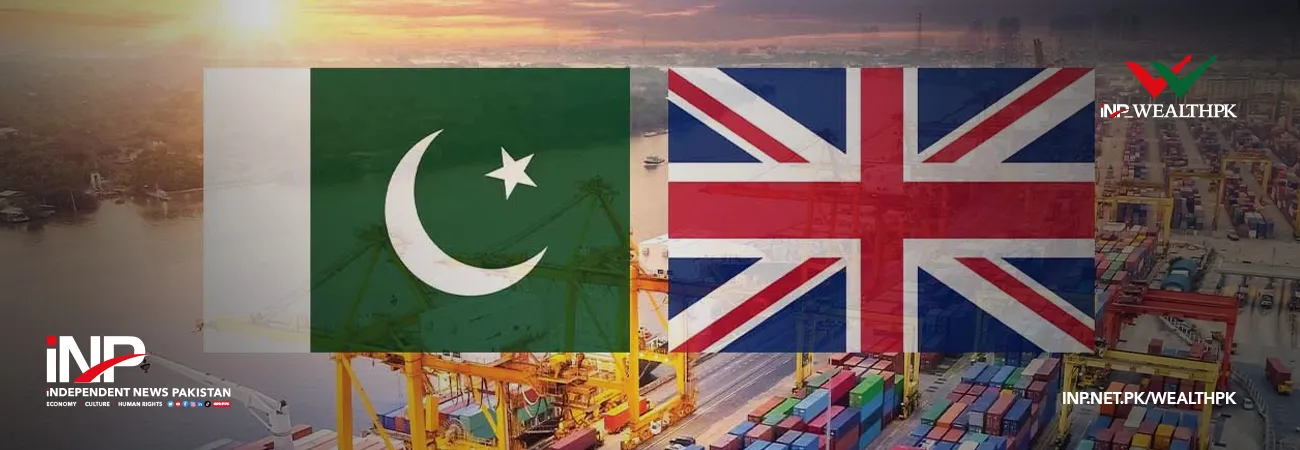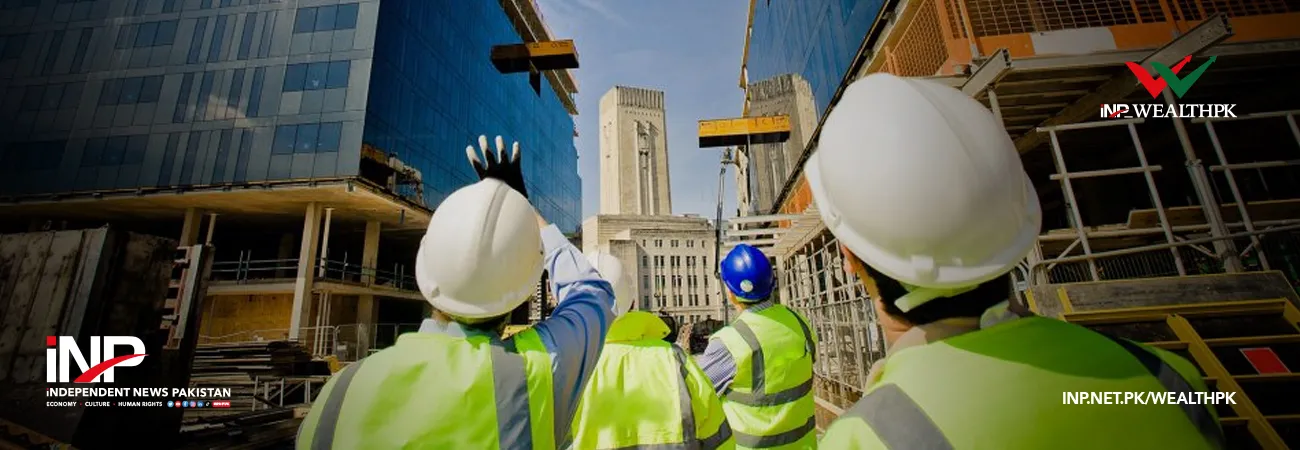INP-WealthPk
Amir Saeed
Solar installations present potential solutions to Pakistan’s energy crisis, yet they also threaten to deepen economic inequalities by primarily benefiting wealthier households while overlooking lower-income communities, experts emphasise.
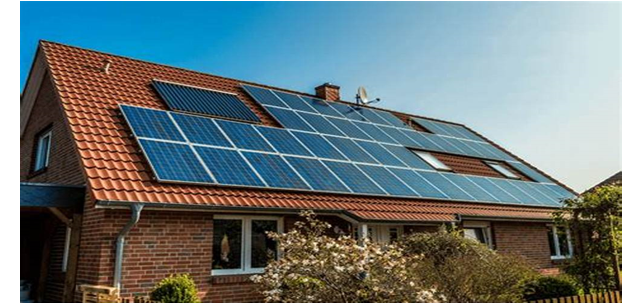
“Urban areas exhibit a severe disparity in solar adoption, with wealthier households typically being the primary buyers of rooftop solar technology. This trend is attributed to various factors, including financial capacity, awareness of the technology, and access to information,” notes Tauseef Farooqi, former chairman of the National Electric Power Regulatory Authority (Nepra), the power sector regulator. “Rich families are often able to purchase solar panels, which allows them to save money on electricity costs and achieve energy independence. In contrast, low-income households struggle with initial expenses and lack the necessary financial literacy to engage with solar solutions, further entrenching the cycle of inequality,” he further said. Talking to WealthPK, Farooqi suggested that the most important way to reduce the economic gap is to introduce more cost-reflective electricity pricing.
“Current tariff structures do not reflect the true cost of energy production, which can perpetuate inequities in energy access.” He said the government might encourage more equitable solar adoption by changing these tariffs to fairly reflect costs. “A more inclusive energy market might result from such policies, which would encourage households of all income levels to invest in solar technologies.” Meanwhile, Afia Malik, an energy expert at the Pakistan Institute of Development Economics (PIDE), pointed out that the country was facing a situation where power plants were idle, yet they continued to receive capacity payments. “With the increasing installation of net-metering systems, there’s now an additional obligation to compensate households that generate their own power,” she added while talking to WealthPK. “Although the concentration of rooftop solar adoption has decreased over time, the uneven distribution remains a concern.
Many initiatives aimed at expanding solar access have failed to target lower-income households effectively. This discrepancy is partly due to the regressive characteristics of incentive policies, which often favour those already economically secure.” Afia further pointed out that subsidies and financial incentives tend to be more accessible to wealthier individuals who can afford the initial investment, sidelining the very communities that would benefit most from renewable energy sources. She suggested that targeting subsidies towards lower-income households could create a more equitable energy landscape. “By reallocating resources and designing programmes specifically for economically disadvantaged groups, the government can promote greater solar adoption among those who need it the most.”
“This approach would not only address immediate energy needs but also empower lower-income communities to take charge of their energy consumption, fostering long-term sustainability and reducing dependence on grid electricity,” she noted. “Additionally, the promotion of community solar projects can serve as a viable solution to address the inequalities associated with rooftop solar installations. Even those families without the financial resources can make use of solar energy by pooling their investments to purchase a shared solar array. This collaborative method would promote community cohesion and shared responsibility for energy usage in addition to expanding access to renewable energy,” the PDE energy expert said.
Credit: INP-WealthPk



